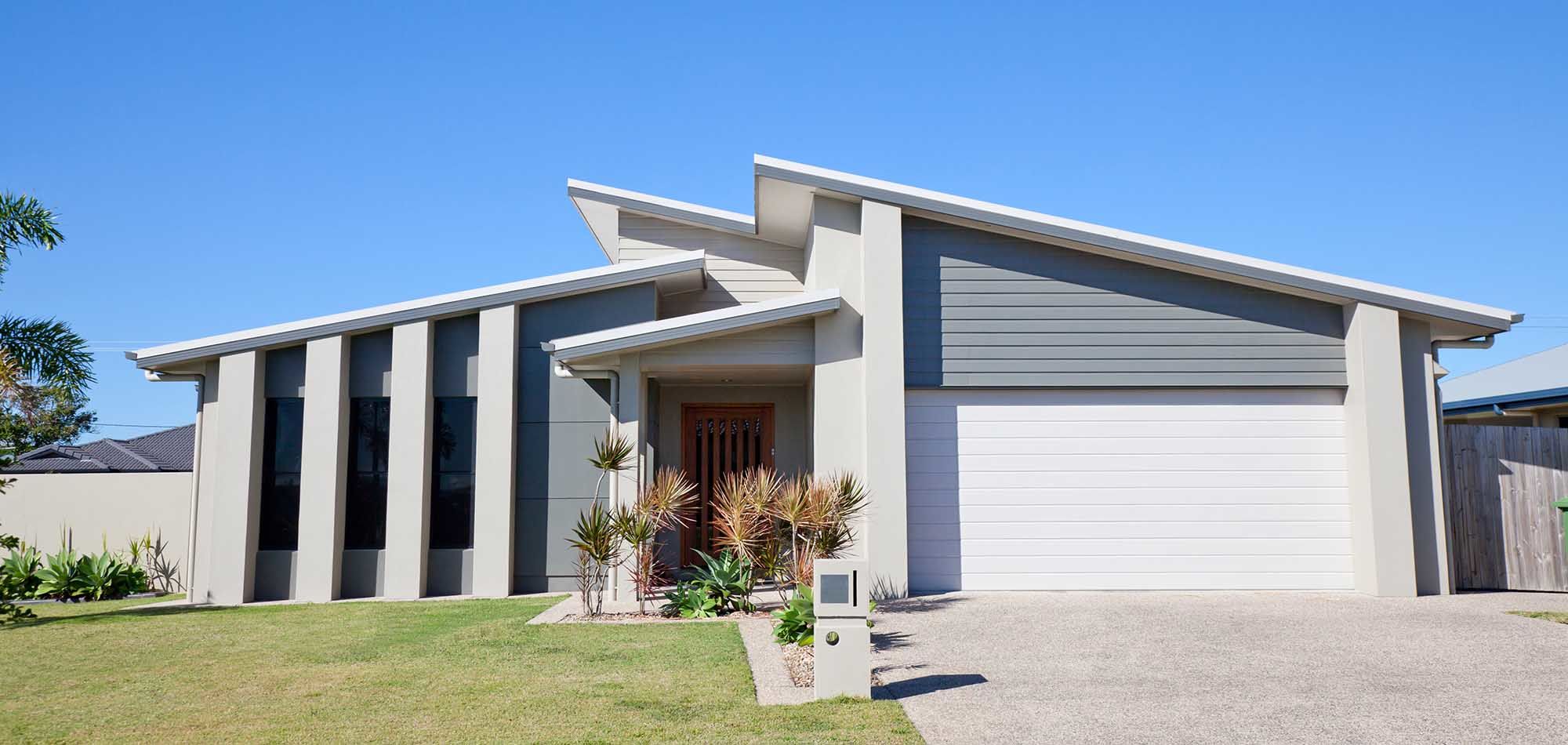Choosing the Best Roof Colour to Reflect Heat
Impact of Roof Colour on Home Energy Efficiency
The colour of a roof plays a significant role in a home's energy consumption. Dark-coloured roofs, such as those with green or red tiles, tend to absorb more heat from the sun, leading to increased indoor temperatures and higher cooling costs during warm weather. Conversely, lighter-coloured roofs, such as white or light grey tiles, reflect a greater portion of sunlight, reducing heat absorption and lowering the need for air conditioning. By selecting a roof colour that enhances heat reflection rather than absorption, homeowners can create a more energy-efficient living environment.
Determining the Heat Reflectivity of Roof Coatings
The heat reflectivity of roof coatings is crucial in minimizing heat absorption and improving overall energy efficiency. Roof coatings with high solar reflectance are specifically designed to reflect sunlight, thereby keeping indoor temperatures lower and reducing reliance on cooling systems. Measuring the reflectivity of various roof coatings is essential to determining their effectiveness in reflecting heat. Cool roof ratings offer valuable insights into the most effective coating options available for maximizing energy efficiency and reducing heat absorption.
Best Roof Colours for Hot Climates
For homes in hot climates, light-coloured roofs are the most effective choice. These roofs reflect a greater amount of sunlight, minimizing heat absorption and maintaining cooler indoor temperatures. White and light grey roofs are particularly popular due to their high solar reflectance, which enables them to deflect a substantial portion of solar radiation away from the building.
In addition to their reflective properties, cool roof technologies provide added benefits. These technologies incorporate specialized coatings and materials that enhance both solar reflectance and thermal emittance. Solar reflectance refers to a material's ability to reflect sunlight, while thermal emittance describes its capacity to release absorbed heat. By integrating these two factors, cool roofs effectively reduce heat transfer into a building, leading to lower indoor temperatures and reduced cooling costs.
Understanding Cool Roof Technology
Cool roof technology is specifically designed to combat heat absorption and optimize energy efficiency. By utilizing reflective materials such as coatings or shingles, cool roofs significantly minimize the amount of heat transferred into a building, creating a more comfortable indoor environment by mitigating the effects of UV radiation.
The specialized coatings used in cool roofs possess high solar reflectance values, which allow them to deflect a large portion of sunlight away from the roof surface. Additionally, these coatings exhibit high thermal emittance values, enabling them to efficiently dissipate any absorbed heat back into the atmosphere. As a result, cool roofs contribute to maintaining lower indoor temperatures, particularly during periods of intense heat.
Light-Coloured Roofs vs. Dark Roofs for Heat Reflection
When comparing the heat-reflective properties of light-coloured and dark-coloured roofs, light-coloured roofs consistently outperform their darker counterparts. White or light gray roofs exhibit higher solar reflectance, meaning they absorb significantly less heat. In contrast, dark roofs, such as black or dark brown, retain more heat, resulting in increased cooling demands and higher indoor temperatures.
Opting for a light-coloured roof can help homeowners reduce heat absorption, lower energy costs, and maintain a more comfortable indoor environment.
Energy Savings with Light vs. Dark Colourbond Roofs
The colour of a Colourbond roof has a considerable impact on energy savings. Light-coloured roofs reflect more sunlight, thereby reducing cooling requirements. This enhanced reflectivity helps keep interior spaces cooler, leading to lower air conditioning expenses during hot weather.
Conversely, darker roofs absorb more heat, raising cooling demands and overall energy costs. The absorbed heat transfers into the building, making it more difficult to maintain comfortable indoor temperatures without extensive air conditioning use. Choosing a light-coloured Colourbond roof maximizes energy efficiency by reflecting sunlight away from the building, reducing the need for artificial cooling, and lowering overall energy consumption. This choice not only translates to cost savings on utility bills but also contributes to environmental sustainability.
However, it is important to consider regional climate conditions when selecting a roof colour. In colder climates, where heating requirements outweigh cooling needs, a dark-coloured roof may be advantageous, as it absorbs heat from sunlight and helps maintain warmth inside the home.
Frequently Asked Questions
What is the best roofing colour to reflect heat?
The most effective roof colour for heat reflection is a light shade, such as white or light grey. These colours have higher solar reflectance, meaning they absorb less heat and help maintain cooler indoor temperatures. Darker colours, in contrast, absorb more heat and contribute to higher indoor temperatures.
How does roof colour affect temperature control?
Roof colour influences temperature control by determining how much heat is absorbed or reflected. Light-coloured roofs reflect more sunlight, reducing heat transfer into a home and keeping interiors cooler. Dark-coloured roofs absorb more sunlight, increasing indoor temperatures and cooling demands.
Are there advanced roofing materials that enhance heat reflection?
Yes, several advanced roofing materials are designed to improve heat reflection. Specialized coatings and pigments can enhance a roof's ability to reflect sunlight and reduce heat absorption. These materials significantly improve energy efficiency and help maintain cooler indoor temperatures.
What are cool roofs and dark roofs?
Cool roofs are designed with light-coloured or reflective surfaces that minimize heat absorption. They reflect a greater percentage of sunlight, thereby helping to keep buildings cooler. Dark roofs, on the other hand, absorb more sunlight, leading to increased indoor temperatures and higher cooling costs.
How do I choose the right roof colour for my home?
When selecting a roof colour, consider both aesthetic appeal and functional benefits. If you live in a hot climate, opt for a light-coloured roof to maximize heat reflection and improve energy efficiency. In colder climates, a darker roof may be more suitable, as it can absorb heat and help retain indoor warmth.

